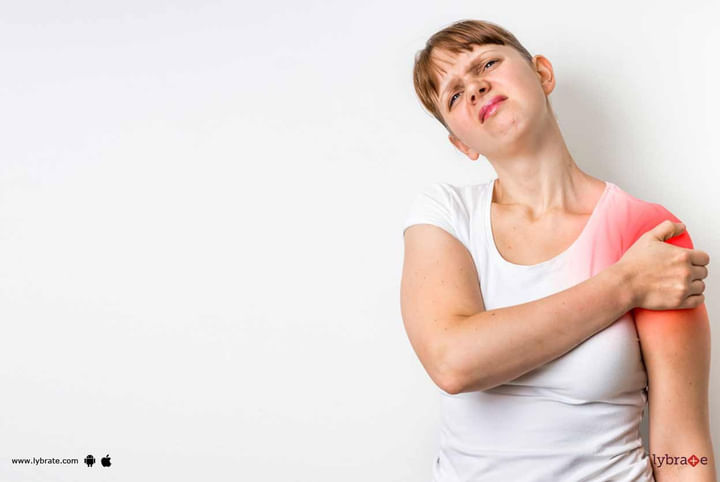Aging & Muscle-Bone Relationship!
If you are the on the wrong side of your fifties, then you will know the importance of regular checkups to the orthopedist. Ageing-related physical changes such as greying hair and wrinkles are a few things that you can cope with easily, however, when it comes to the health of your bones and muscles, you need to be very careful. You need to be particular about being active, as it can help reverse or reduce the risks of most of the bone disorders that you may suffer from. Ageing affects both the muscles and bones, but not always in the same manner. So, it is important that you understand how each is affected by ageing.
Changes in your muscles due to aging
As you age, your muscles tend to lose strength and size. This can make you prone to fatigue, weakness and a decrease in your tolerance levels to exercise. The various factors that play a role in this are:
- Modifications in your nervous system can impair the ability of the muscle to contract.
- The muscle fibers in the body reduce both in size and number.
- The replacement rate of the muscle tissue in the body falls.
Changes in your bones due to aging
Ageing impacts the structure of the bone and leads to a loss of the bone tissue. Aging causes low bone mass, thus rendering them weak. This means a simple fall can have a serious effect on your bones.
The various causes that can bring about these changes are:
- Loss of vital minerals such as calcium
- Being physically inactive
- Undergoing hormonal changes in the body such as menopause, wherein the body loses minerals from the bone tissues. In the case of men, the progressive decline of sex hormones can lead to changes in the bone structure.
Common conditions that affect your musculoskeletal system in your old age:
- Osteoporosis: This disorder results from a loss of bone density resulting in fragile bones. This makes the bones highly susceptible to fractures and breakage.
- Rheumatoid arthritis: An autoimmune disorder that usually develops after the age of 40; here, the immune system of the body attacks the body tissues, thus leading to inflammation in your joints.
- Osteoarthritis: It is a disorder of the joints which is caused by the deterioration of the cartilage that cushions the joints.



+1.svg)
